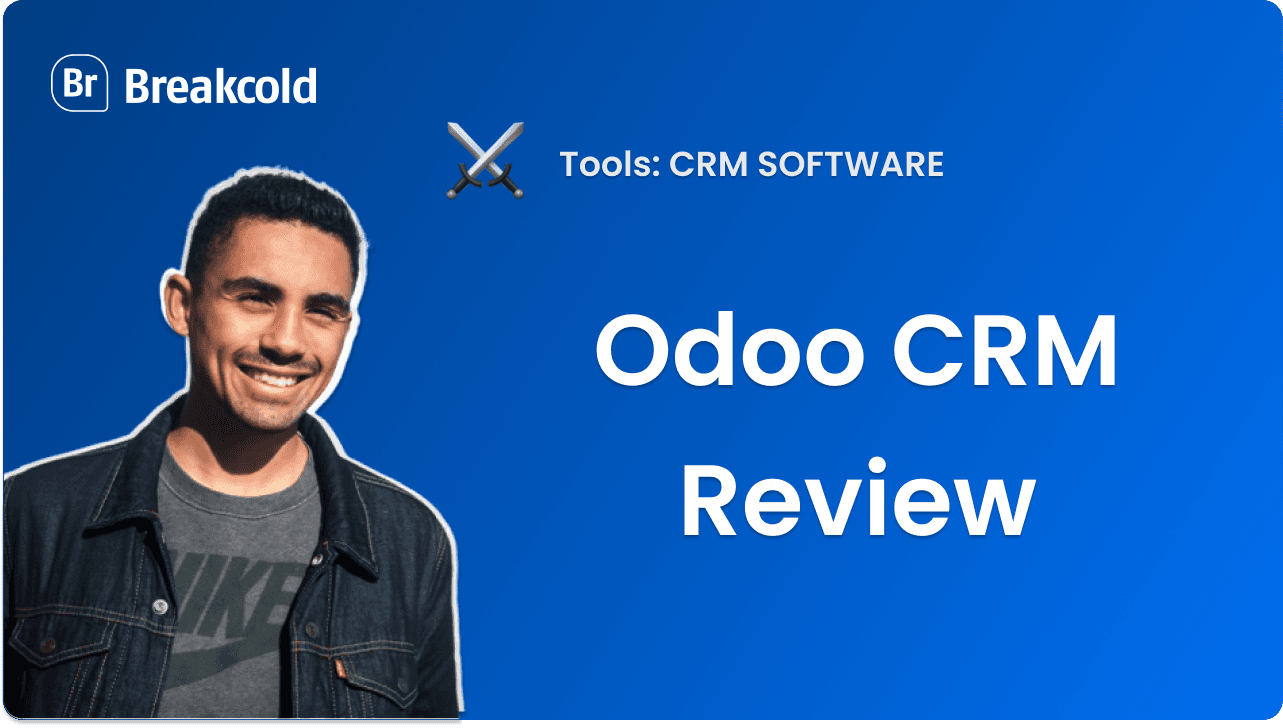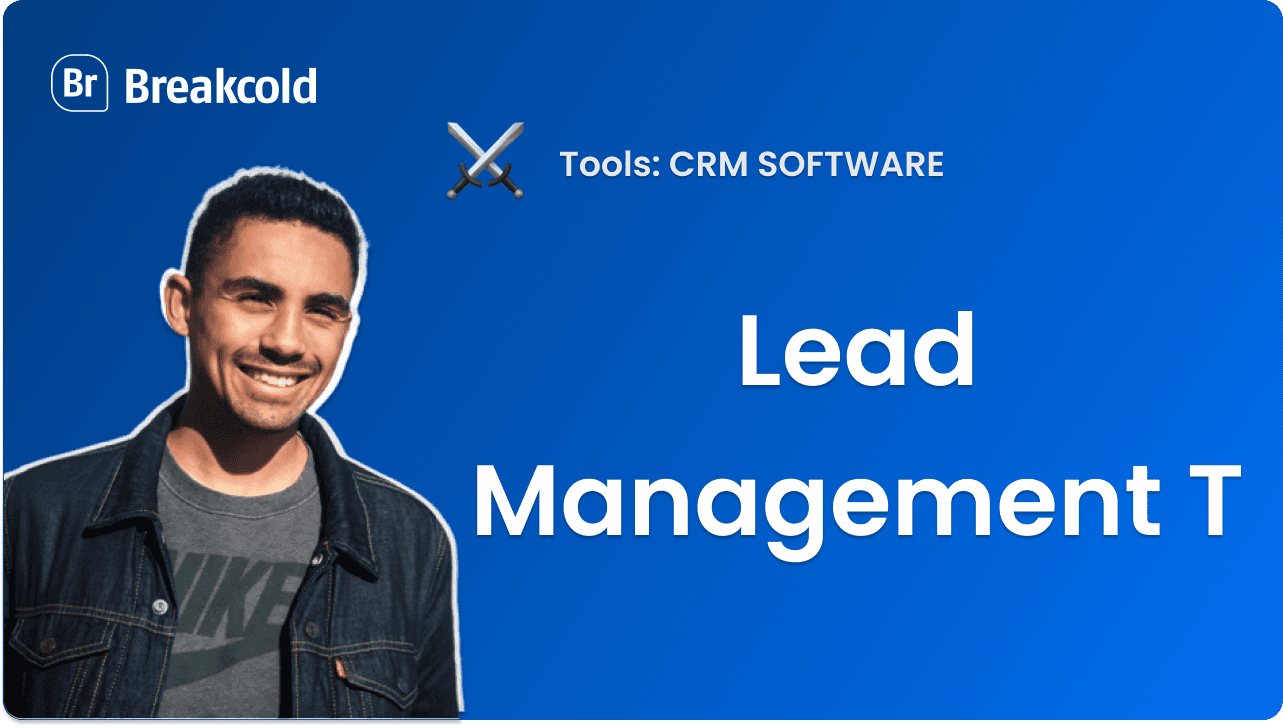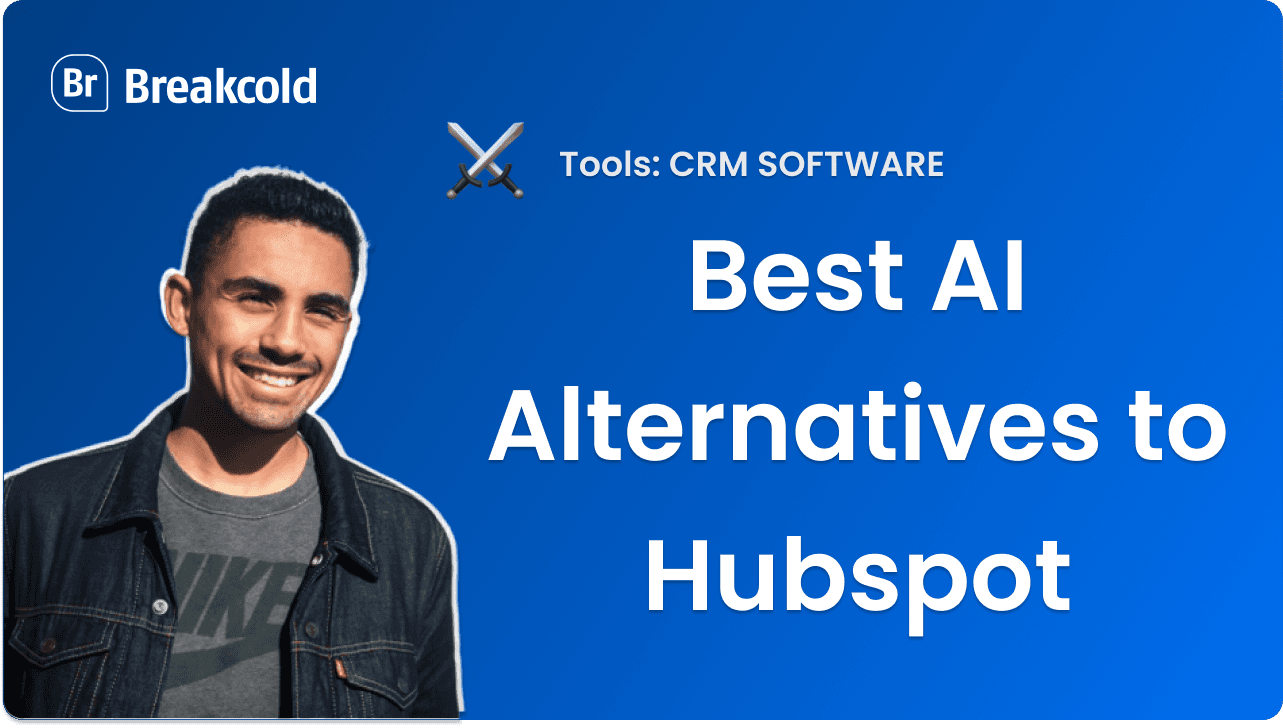Det roliga med data är att du kan ha alla siffror, namn och anteckningar i världen, men utan ett tydligt sätt att bearbeta, organisera och tillämpa den informationen är den praktiskt taget värdelös. Det verkliga värdet av data ligger i hur det är modellerat och kopplat för att spegla de unika behoven i ditt företag.
Det är där CRM-system kommer in. När de är som bäst fungerar CRM-system som den centrala navet för att fånga, lagra och hantera alla dina kunddata på ett ställe. Viktigare, rätt CRM ger dig flexibiliteten att strukturera den datan kring dina specifika arbetsflöden. Och kärnan i denna flexibilitet är CRM-anpassade objekt.
📦 Vad Är CRM-anpassade Objekt?

Ofta nämns i samma andetag som anpassade fält, och anpassade objekt ger en ram för att strukturera data inuti ditt CRM — oavsett om det är kunddetaljer, försäljningsaffärer eller till och med helt anpassade enheter.
Tänk på dem som byggstenarna som förvandlar rådata till meningsfulla insikter.
🌟 Varför Anpassade Objekt Är Viktiga i ett CRM

Här är saken: inga två företag arbetar på samma sätt. Varje organisation har sina egna arbetsflöden, processer och till och med sin egen vokabulär för hur saker och ting blir gjorda. Det är precis därför anpassade objekt är viktiga — de ger ditt CRM flexibilitet att faktiskt matcha din affärsmodell, istället för att tvinga dig att anpassa dig till ett stelbent system.
Genom att införa anpassade objekt kan du gå bortom den standardiserade inställningen av bara kontakter, företag och affärer. Istället kan du skapa datastrukturer som speglar verkligheten av hur ditt företag fungerar.
Skräddarsy ditt CRM till unika arbetsflöden – Oavsett om du spårar projekt, prenumerationer, egendomar eller tjänsteengagemang, låter anpassade objekt dig modellera dessa enheter på ett sätt som är vettigt för ditt team.
Minska på genvägar och kalkylblad – Istället för att jonglera externa spårare eller stökiga Excel-ark lever all din information prydligt inuti ditt CRM.
Lås upp avancerad automatisering och rapportering – Med anpassade objekt kan du trigga arbetsflöden, bygga instrumentpaneler och generera rapporter anpassade till dina exakta behov.
Stärk datasamband och skalbarhet – Anpassade objekt hjälper dig att koppla datapunkter mer intelligent, vilket inte bara skärper insikterna utan också skalar smidigt när ditt företag växer.
💡 Visste Du? Breakcold behöver inte anpassade objekt. Våra avancerade anpassade fält (alias attribut) låter dig helt anpassa datapunkter för personer, företag och affärer när de rör sig genom din pipeline — ger dig all flexibilitet utan extra komplexitet.  |
|---|
⚖️ CRM-anpassade Objekt vs. Anpassade Fält

Medan både anpassade objekt och anpassade fält låter dig skräddarsy ett CRM till ditt företag, tjänar de olika syften:
Anpassade Objekt = Skapa helt nya kategorier/enheter som inte finns i den standard CRM-inställningen.
Anpassade Fält = Lägg till specifika attribut eller detaljer inom ett befintligt objekt (som Kontakt, Affär eller Konto).
Tänk på det så här:
Funktion | Exempel | Syfte |
|---|---|---|
Anpassat Fält | “Bransch” inom kontaktposten | Lägger till extra detalj till ett befintligt objekt |
Anpassat Objekt | En ny enhet som Prenumerationsplan länkat till en kontakt | Spårar data som behöver sin egen kategori och relationer |
👉 Kort sagt: använd anpassade fält för att berika befintliga poster och anpassade objekt när du behöver modellera helt nya typer av data och relationer i ditt CRM.

📊 Vanliga Användningsfall för Anpassade Objekt
Anpassade objekt lyser när ditt företag behöver spåra data som inte passar bra in i standard CRM-kategorier som Kontakter, Företag eller Affärer. Här är några exempel per industri:
SaaS – Spåra prenumerationer, produktanvändning eller licenstyper kopplade till varje kund.
Byråer – Hantera projekt, kampanjer eller avtalsbaserade avtal tillsammans med kundkontakter.
Konsultföretag – Spåra engagemang, leveranser eller kundteam för varje kontrakt.
E-handel – Lagra detaljer om beställningar, leveranser eller produkt SKUs kopplade till kunder.
Fastigheter – Håll register över fastigheter, visningar eller hyresavtal kopplade till köpare/hyresgäster.

🛠️ Bästa Praxis för Hantering av Anpassade Objekt
Anpassade objekt är kraftfulla, men om de används fel kan de snabbt komplicera ditt CRM. För att hålla saker skalbara och användarvänliga, följ dessa bästa praxis:
Håll det enkelt – Undvik att skapa anpassade objekt bara för att du kan; fokusera endast på det som verkligen tillför värde.
Klargör relationer – Se till att länkarna mellan objekt (t.ex. Kontakter → Prenumerationer) är tydligt definierade och dokumenterade.
Träna ditt team – Se till att alla förstår hur man använder anpassade objekt konsekvent i deras arbetsflöden.
Förhandsgranska regelbundet – Granska periodiskt användning och datahygien för att ta bort oanvända objekt eller föråldrade fält.
👉 Rätt gjort, ökar anpassade objekt flexibiliteten utan att överväldiga ditt team eller överbelasta ditt CRM.
💭 Sista Tankar
I slutändan är anpassade objekt vad som förvandlar ett CRM från en statisk databas till ett dynamiskt system som verkligen fungerar för ditt företag. De ger dig friheten att modellera data på ett sätt som passar dina arbetsflöden, strömlinjeformar verksamheten genom att eliminera stökiga genvägar och lås upp djupare automatisering och rapportering.
Om du är redo att ta ditt CRM till nästa nivå, utforska plattformar som erbjuder robusta anpassningsalternativ och flexibla anpassade objekt, varför inte börja med Breakcold?
























![De 8 bästa sociala CRM-programmen 2026 [Jämförelse]](https://framerusercontent.com/images/RYHyYapdgIi83BEWtMdX418.png?width=1280&height=720)
![De 6 bästa LinkedIn CRM 2026 [Jämförelse]](https://framerusercontent.com/images/Luywfni7ZKjb19yghbhNPy4I4qQ.png?width=1280&height=720)















































































































































































